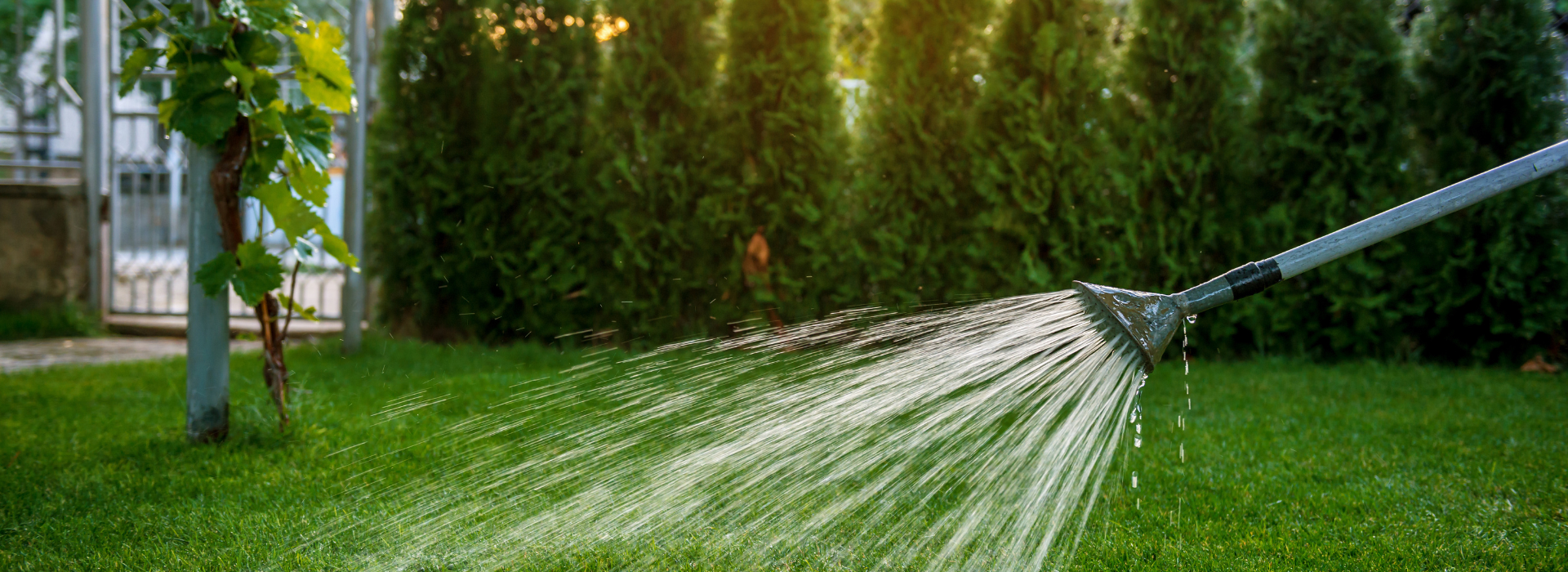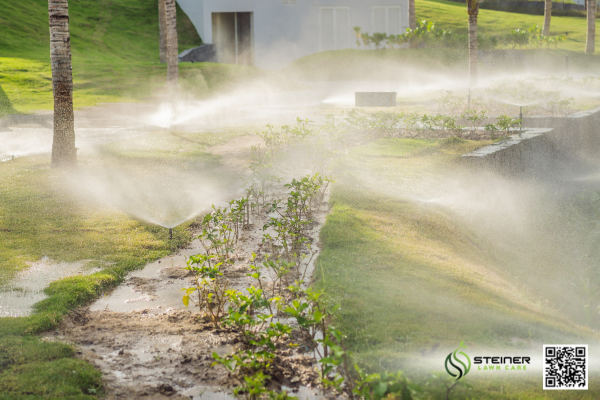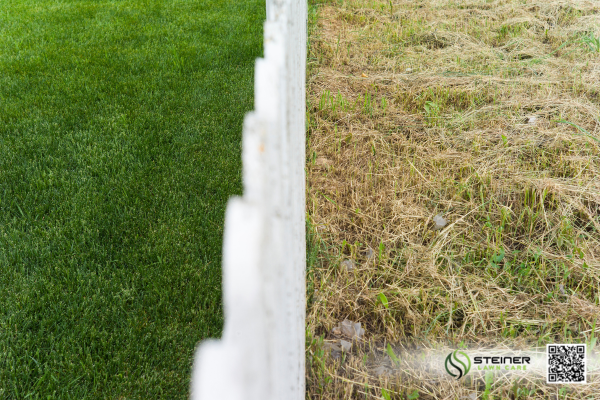
April is a pivotal month for lawn care. As spring temperatures rise and nature awakens, your grass exits dormancy and begins its active growing season. But without proper Lawn Watering Techniques , all your other lawn efforts — fertilizing, mowing, and aerating — won’t reach their full potential.
Many homeowners unknowingly sabotage their lawn’s health by either overwatering or underwatering during April. Mastering the correct Lawn Watering Techniques for April not only encourages deep-root growth but also maximizes water efficiency, reduces disease risk, and sets the foundation for a vibrant, green lawn all season long.
 The Science Behind Smart Lawn Watering
The Science Behind Smart Lawn WateringWater is the life force of your lawn, but more doesn’t always mean better. Your soil type, grass species, and local climate all play essential roles in determining how much water your lawn truly needs.
Cool-season grasses like Kentucky bluegrass, ryegrass, and fescue grow best when the soil is moist but not waterlogged, while warm-season grasses such as Bermuda, Zoysia, and St. Augustine require deeper but less frequent watering as temperatures climb. Mastering the balance of watering your lawn the right way during April ensures your grass stays healthy from root to tip.
Let’s break down the proven watering habits every homeowner should follow for a flourishing lawn this spring.
 2. Water Deeply, Not Frequently
2. Water Deeply, Not Frequently 3. Check Soil Moisture Regularly
3. Check Soil Moisture Regularly 4. Adjust Watering After Rainfall
4. Adjust Watering After Rainfall 5. Use Sprinklers Wisely
5. Use Sprinklers Wisely
A dry, stressed lawn shows warning signs before it begins to wilt or die:
Spotting these symptoms early gives you the chance to water before real damage sets in.
Take the guesswork out of watering with smart irrigation systems:
Investing in these modern solutions can reduce water waste by up to 30% and ensure your lawn gets exactly what it needs, when it needs it.

Ready to take your lawn from patchy to perfection this spring? Don’t let poor watering habits hold your yard back. At Steiner Lawn Care, we customize lawn care solutions that fit your grass type, soil condition, and local climate.
Call Steiner Lawn Care Today!